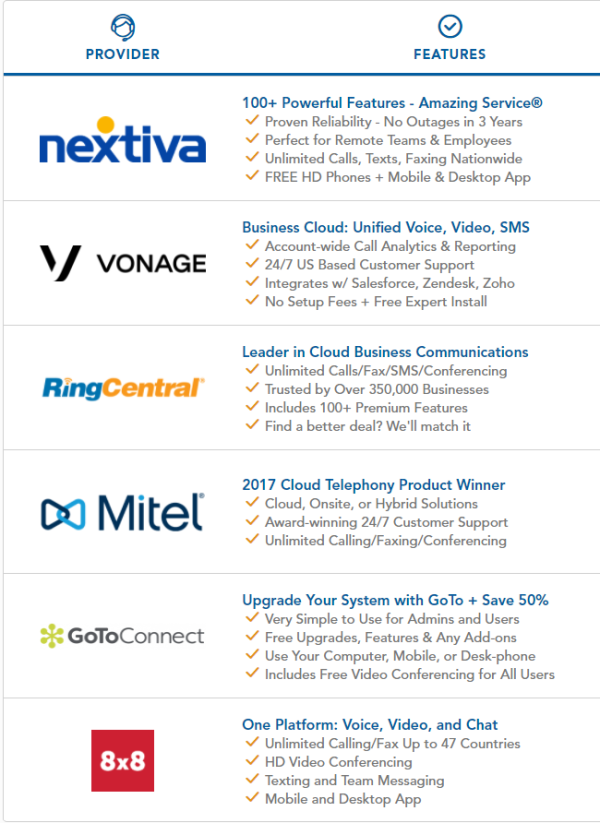There are countless obstacles that you’ll encounter while running a business.
Whether it’s employees that don’t work well together, miscommunication amidst teams or projects that don’t go according to plan, there’s no getting around the challenges.
Fortunately, modern software has spawned new ways of getting around these obstacles.
In this article, we will go over some of the key benefits that the digital age has brought upon the world of enterprise, innovation and capitalism.
1. Modern software has revolutionized the way we communicate
No matter what type of business you’re developing, be it a B2B SaaS model based on CRM, a dropshipping based ecommerce store, or simply a product based business, you and your team, and your partners are bound to have various ways of communicating.
This makes it hard to keep an eye on email threads, text communication, Skype conversations, and other programs we use to keep each member updated.
Slack is a business communication platform that began as an internal tool used in a company that was developing an online game. It's a powerful messaging software that offers a lot of IRC-style features such as chat rooms systematized by private groups, topics and direct messaging.
While many of its individual features streamline the workflow of your company, its main strength is syndicating all communication onto a single platform.
Hence, it’s easier for everyone to keep track of their work. You can even add integrations like Workstreams for extra project management capabilities.
Of course, not all business communication is handled through text. There’ll always come a time when you need to discuss something through calls. VoIP services like RingBlaze make internet calling a seamless process to ensure that coordinating is less of a hassle
In fact, there have been many developments in the world of VoIP in recent years, including 8x8 launching a browser-based video conferencing solution — something that would’ve seemed impossible in the days of 3G internet and 1 GB of RAM.
Here’s a chart of just some of the many business VoIP providers taking over the software world by storm.

(Source: GetVoIP)
In addition, nowadays, more and more business owners and marketing managers are adopting live video conferences and seminars as part of their marketing and sales strategies.
They’re using browser-based webinar platforms to create online seminars to share industry-specific knowledge to professionals in the same industry.
By live teaching and offering value to your specified niche market, it becomes much easier to sell a product as a solution.
2. Project management
While solutions like Workstreams help SMBs and those just starting to build their brands, who want to oversee their projects without breaking the bank, there’ll always be companies with more complex needs. That’s where dedicated project management software can make a world of difference.
Monday.com is usually one of the first platforms that come to mind when the topic of project management comes up.
Having your brand in a position where it’s nearly synonymous with the industry is no trivial feat, but it’s not hard to see why the solution has become a fan favorite.
It’s not the cheapest option out there. Still, with its myriad of view styles to choose from, colorful yet minimalist interface, and extensive catalog of features, this project manager excels in what it sets out to do.
That being said, Kanban software like Trello or Gantt chart software like Instagantt are popular choices for businesses that want a more straightforward interface rather than a full software suite like Monday.com.
Beyond traditional project management, other applications of today’s technology like roadmap software can further increase efficiency in businesses struggling to stay on the right track.
Roadmaps are great because they show everyone on the team what the main goals of a particular project are and when they should be completed.
3. Remote collaboration
Collaboration has always relied on communication and connectivity. Software has made all three Cs a breeze in comparison to the pre-software era.
One of the most notable contributions that the development world has brought to remote collaboration is the introduction of Google Docs. It totally revolutionized the way people work together to create winning content.
Rather than passing a Word file back and forth from halfway across the world, people were finally able to edit documents simultaneously in real time. This made it far easier to revise work, share ideas, and produce the best results in a shorter amount of time.
Dropbox and similar cloud platforms have further added to this shift towards remote collaboration by making it easier to store and send files online — even large formats like a 4K video that needs to be edited by multiple people.
While mass storage used to be a multi-thousand dollar endeavor reserved only for the enterprise sector, individuals can now get 2 TB worth of cloud capacity for only $9.99 per month–a far cry from the prices of yesteryear.
And in case the number of your assets goes out of control (and you get more than 1,000 files to manage), you can use advanced DAM solutions.

(Source: Pics.io)
Working on top of your storage, you can use Pics.io to help you organize your files, access and distribute them in the most productive way.
Time-tracking solutions like Toggl are just the cherry on top in terms of the impact that software has had on remote collaboration and day-to-day business operations as a whole. These types of tools are especially useful when working with freelancers that bill by the hour.
4. Automation
Finally, you can’t talk about how software changed the business landscape without bringing automation into the equation.
Most industry leaders agree that AI will be the future of most markets, but you need not wait decades to benefit from automated software.
While we may be years away from artificial intelligence on par with GLaDOS or Skynet, some software is already capable of automating menial tasks so that we humans can focus on more important things.
Whether it’s LinkedIn automation tools, social media schedulers, user onboarding tools or email automators, there’s no shortage of things that can be outsourced to robots. There’s no question about it that these types of applications will only get more versatile as program intelligence advances.
In fact, there are tools that are designed to connect all your work apps so that you can build automation workflows to set up your business, organize and manage it, or collaborate with people across the globe.
Tools like Automate.io, IFTTT or Tray are making this possible. For instance, you want to update your Google Sheets with any new business prospects updated inside your CRM, say Salesforce (or vice-versa). Simply connect Salesforce and Google Sheets, and get your data updated and synced automatically.
Wrapping up
Clearly, software has changed the way that we interact for the better. It’ll undoubtedly take some time until we get to the point where robots take care of 90% of our workload, but we should just be happy that they can already do this much in 2020.
It’s amazing to think how implausible these use cases would’ve seemed just a couple of decades ago, yet now they’re something we take for granted. Who knows? Maybe by 2040, flying cars will be the new norm and we won’t even make a big deal of it whenever we lift off.
Only time will tell. In the meantime, be sure to share this piece with a friend or two so that they can reap the benefits that software has to offer. It’s never too soon to leverage the latest tools available to achieve all we strive for in life.
Ricky Wang is an online entrepreneur, blogger, and marketer. He writes to readers about lucrative side hustle ideas and rings up guides on profitable online business models including dropshipping and Amazon FBA on his blog, rickywang.com. When Ricky isn’t hustling, he’s probably either trying to do a handstand or reading about entrepreneurship.


